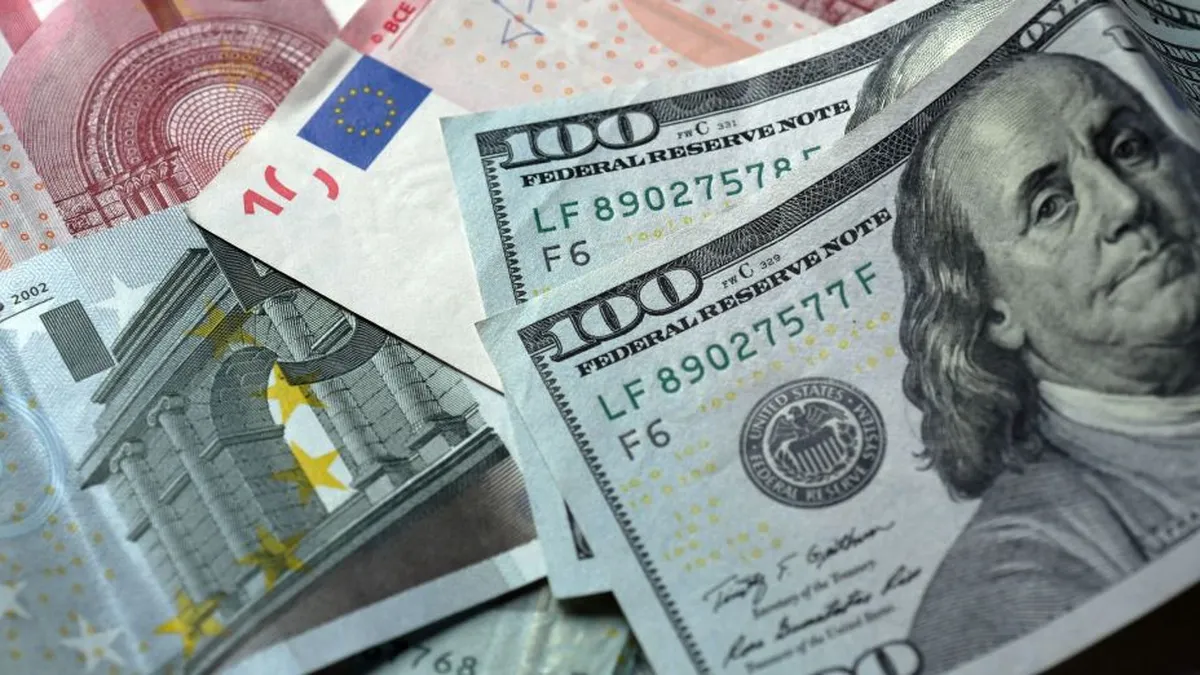He global dollar halted its recent decline against most other benchmark currencies on Monday as investors weighed the prospect of the United States Federal Reserve (Fed) soon begin a series of interest rate cuts. However, it fell to a three-week low against the yen.
He dollar indexThe U.S. dollar, a gauge of the dollar’s value against six major currencies, rose 0.1 percent to 100.72, climbing from its lowest level since late December of 100.53.
The euro weakened 0.2 percent against the dollar to $1.1175 in a sign that it is moving toward the greenback as a safe-haven currency. Sources told Reuters that ECB policymakers are lining up behind another rate cut on Sept. 12.
The feeling of risk aversion also weighed on the Australian dollars and New Zealander and the Norwegian Kronewhich traded lower against the dollar, but benefited the Swiss FrancThe dollar fell 0.12% against the Swiss franc to 0.8466 francs, while the euro also fell 0.3% against the Swiss currency to 0.9460.
The pound sterling fell 0.1% against the dollar to $1.3204, after hitting $1.3229 on Friday for the first time in 17 months. The director of the Bank of EnglandAndrew Bailey, said on Friday that it was “too early to declare victory” over inflation, indicating a less aggressive stance on interest rate cuts than the Federal Reserve.
On the other hand, the Australian dollar fell 0.4% to $0.6768, but remained not far from Friday’s high of $0.6799, the highest level since July 11.
The Middle East and the Fed cut
Traders were also keeping an eye on the fallout from rising tensions in Middle East which raised oil prices by almost 3%.
In a highly anticipated speech at the annual economic conference in Jackson Hole, Wyoming, the president of the Fed, Jerome Powell, He said that “the time has come to tighten policy,” prompting traders to seal their bets on a 25 basis point (bp) rate cut in September and even raise their expectations for a large 50 bp rate cut.
“He didn’t say anything new, but he officially validated some of the things that markets were pricing in, including the idea of a cut, a shift in focus from inflation to labor market“said Samy Chaar, chief economist at Lombard Odier in Geneva.
However, he does not believe that the dollar fall much further in the near term. “A massive weakness in the dollar from now on would mean that the market is not pricing in enough cuts, which I think is a bit of a stretch,” he added.
Source: Ambito




